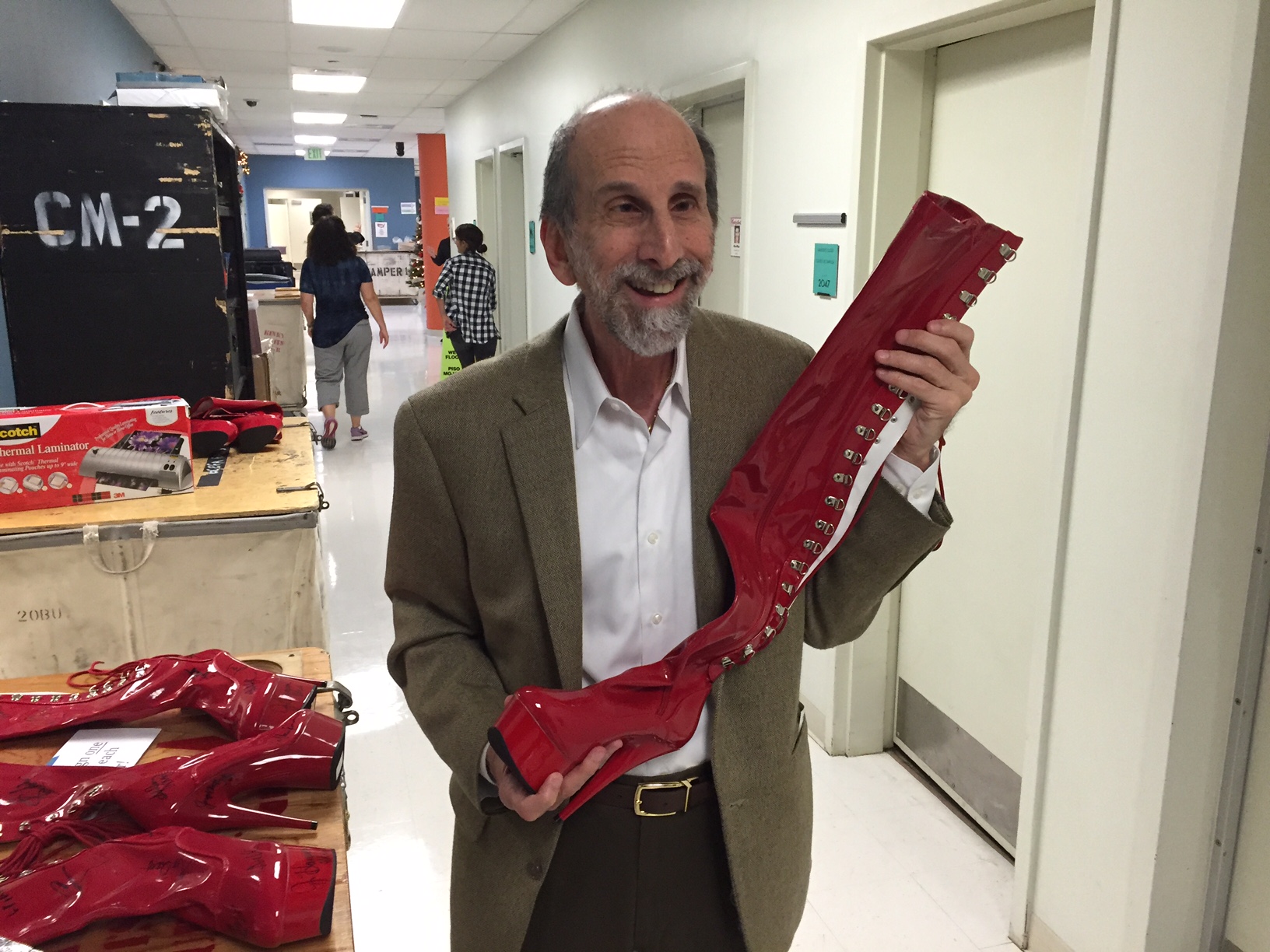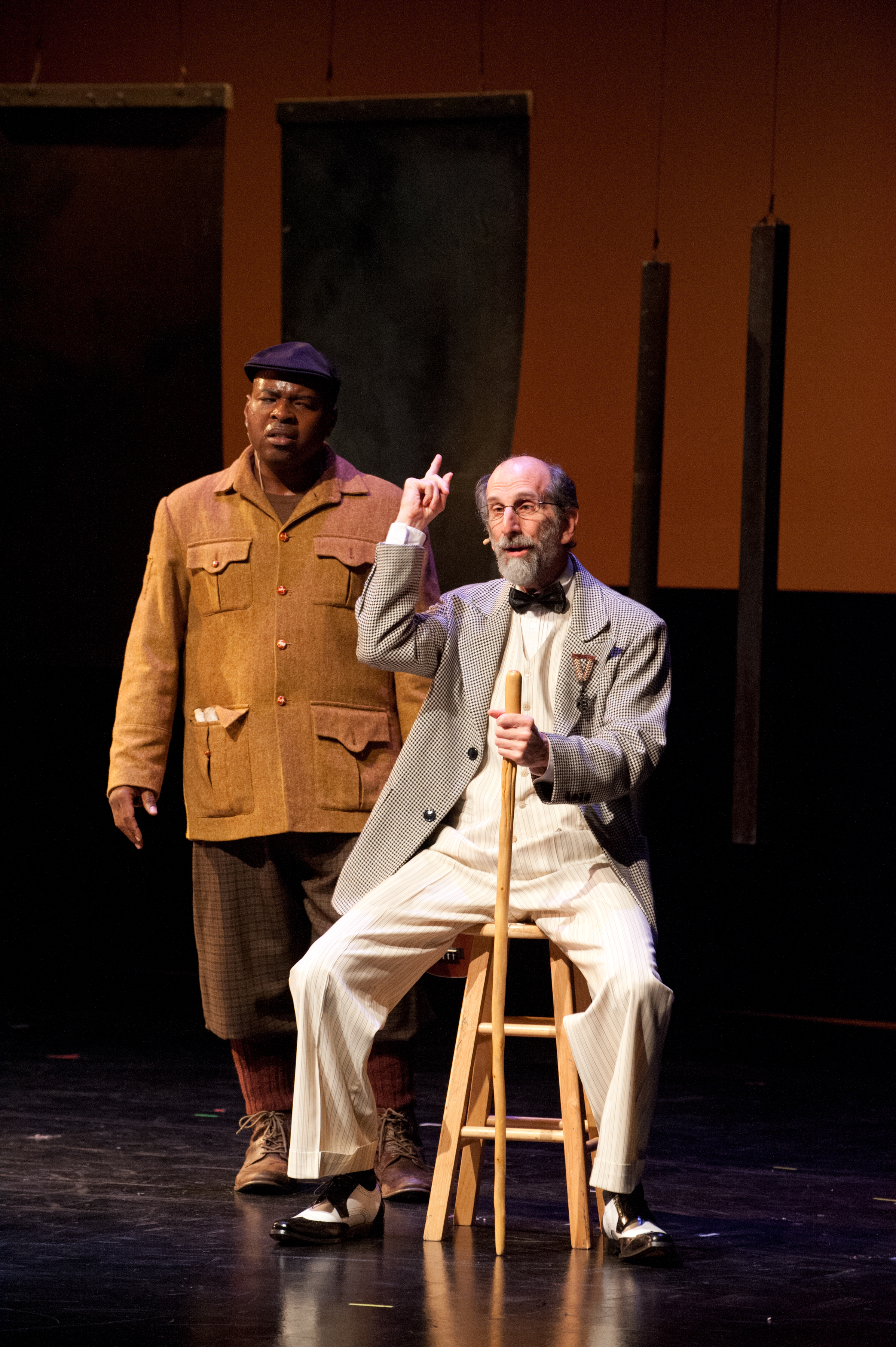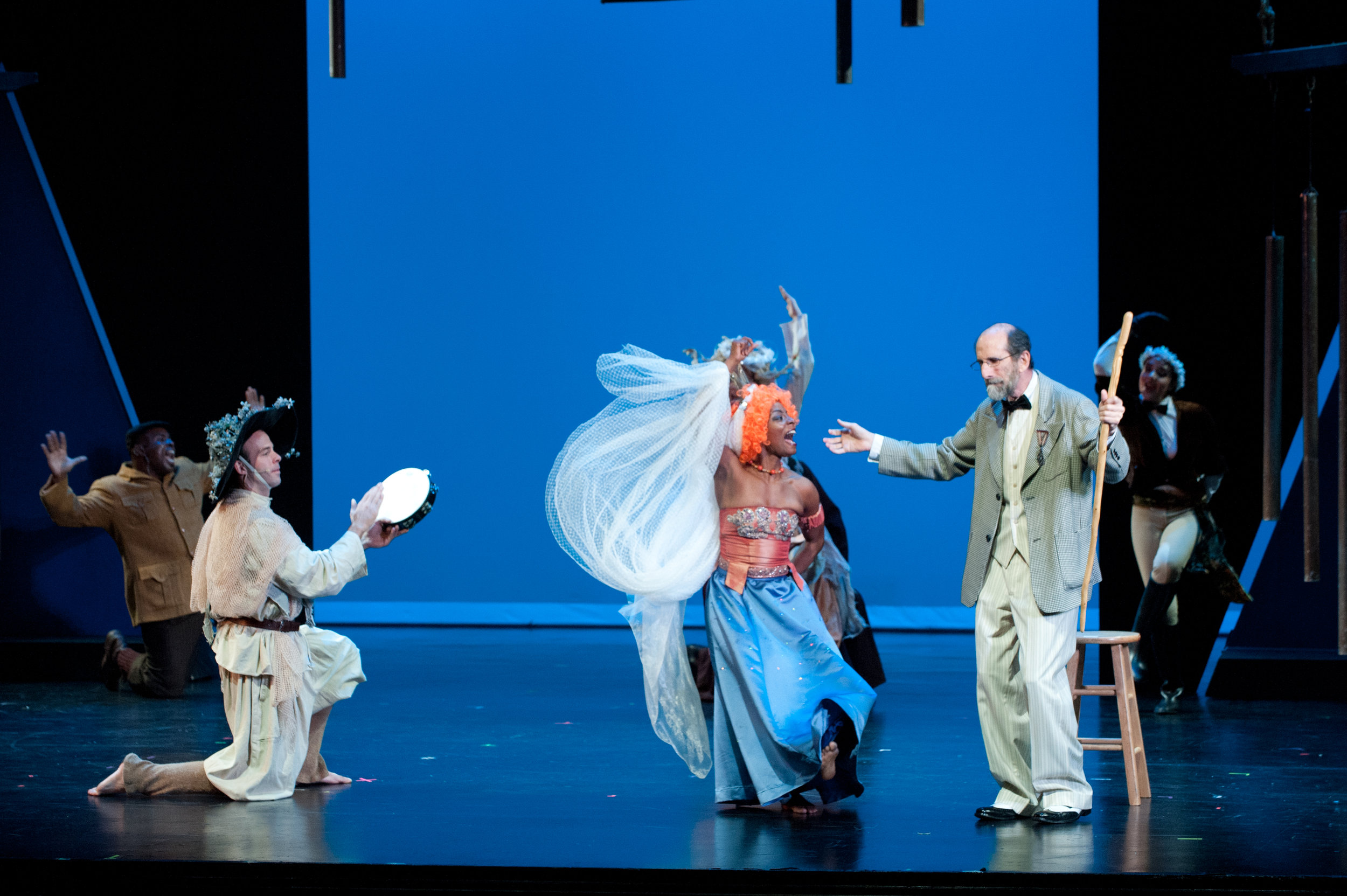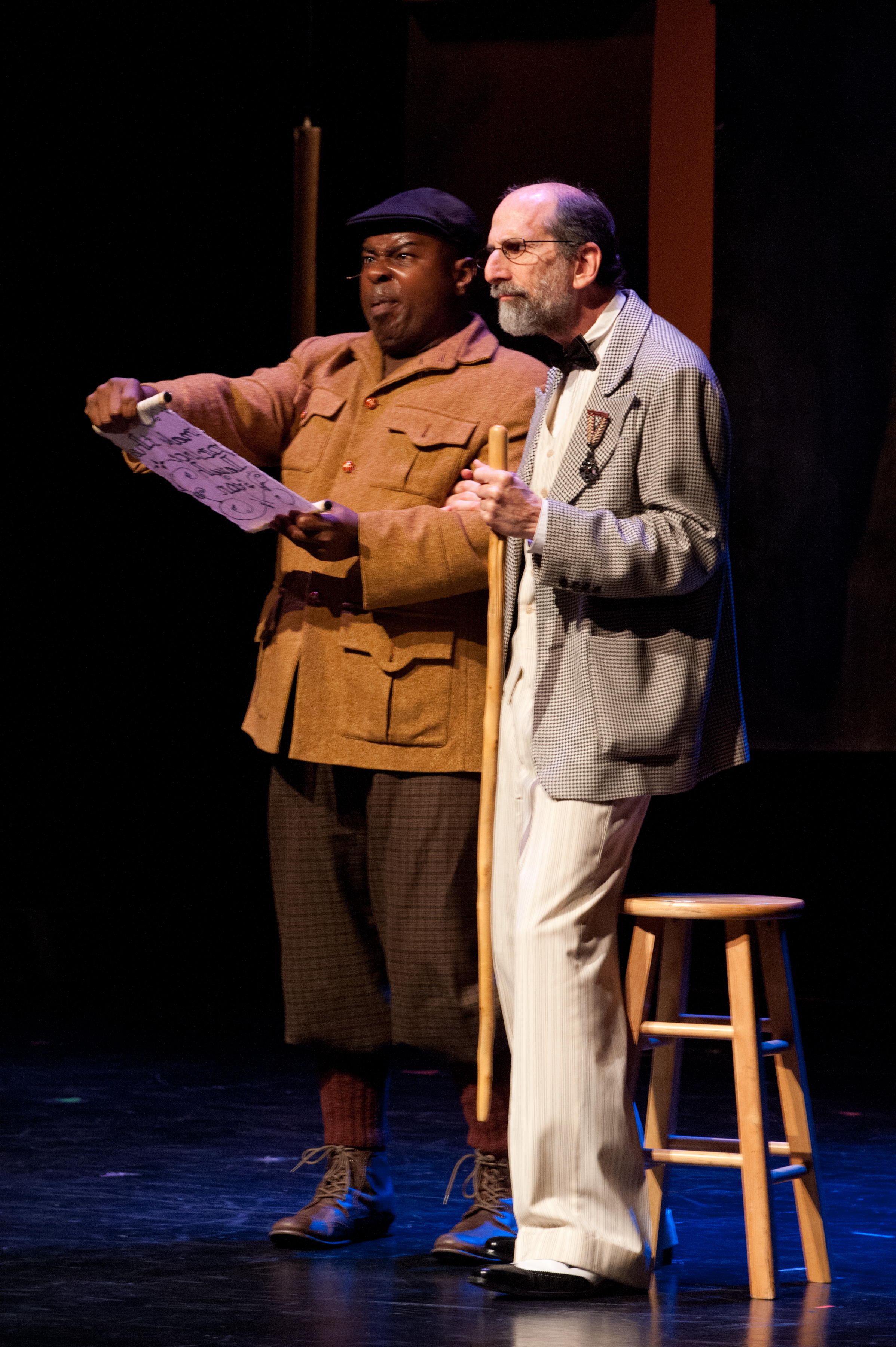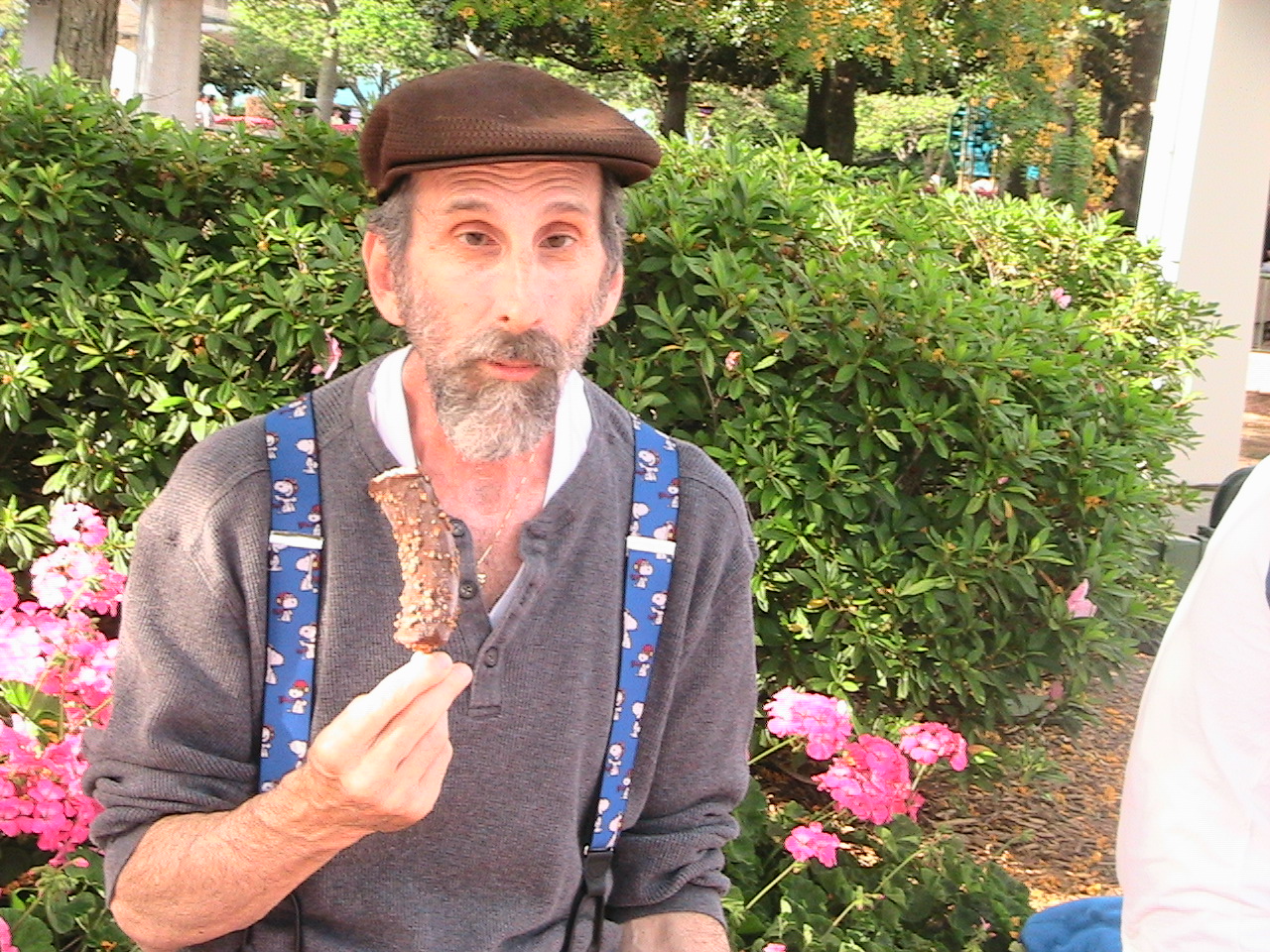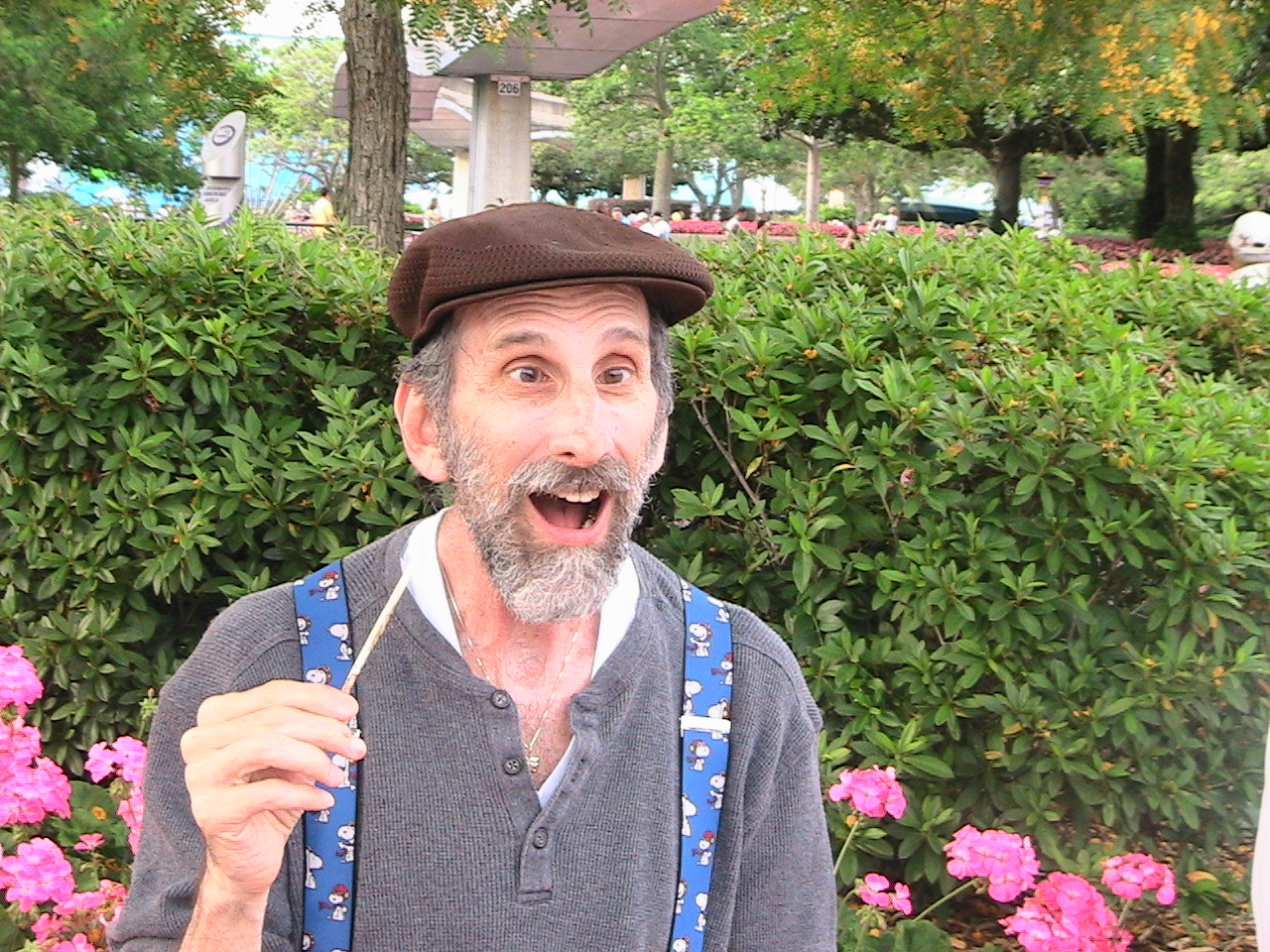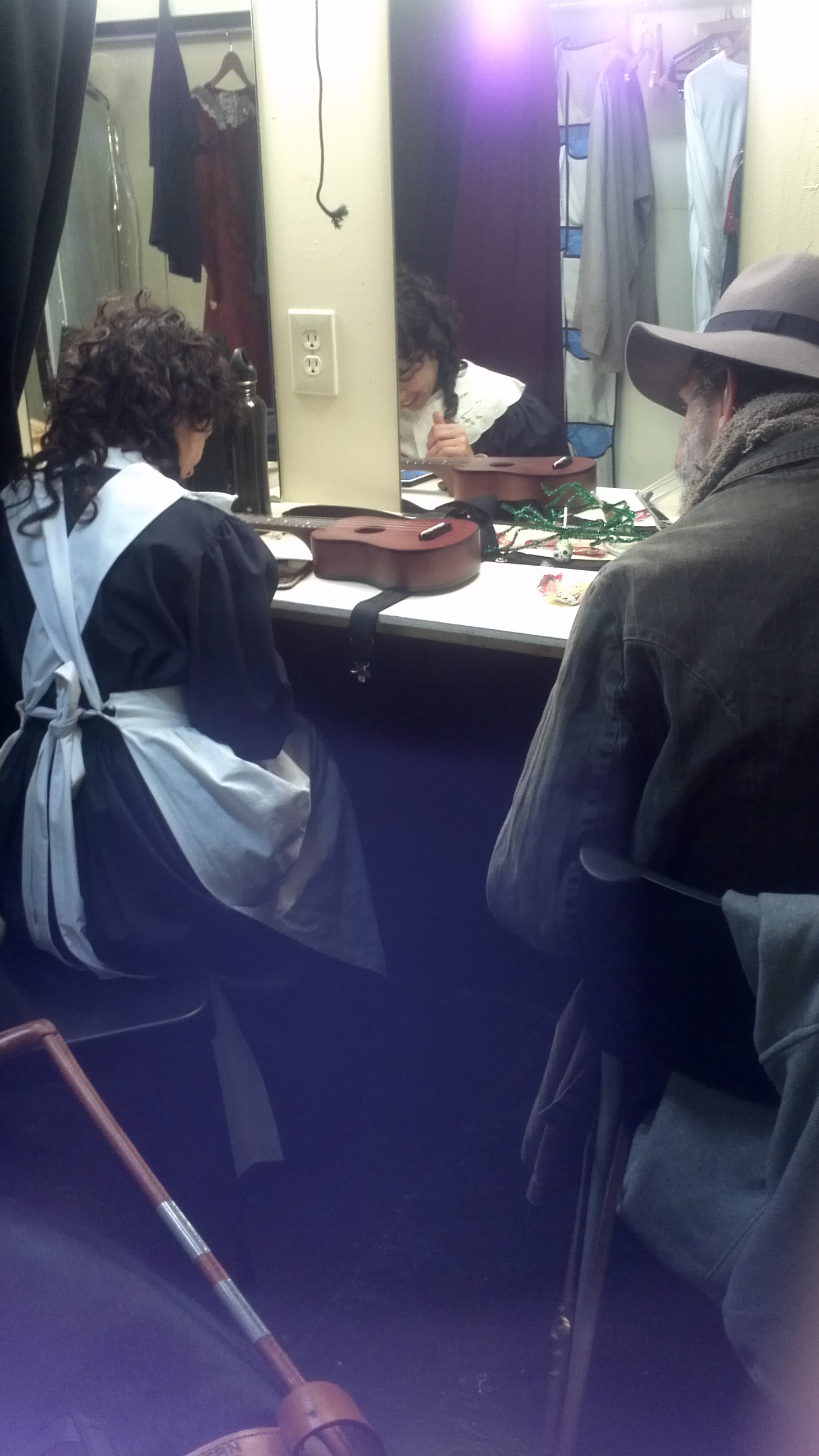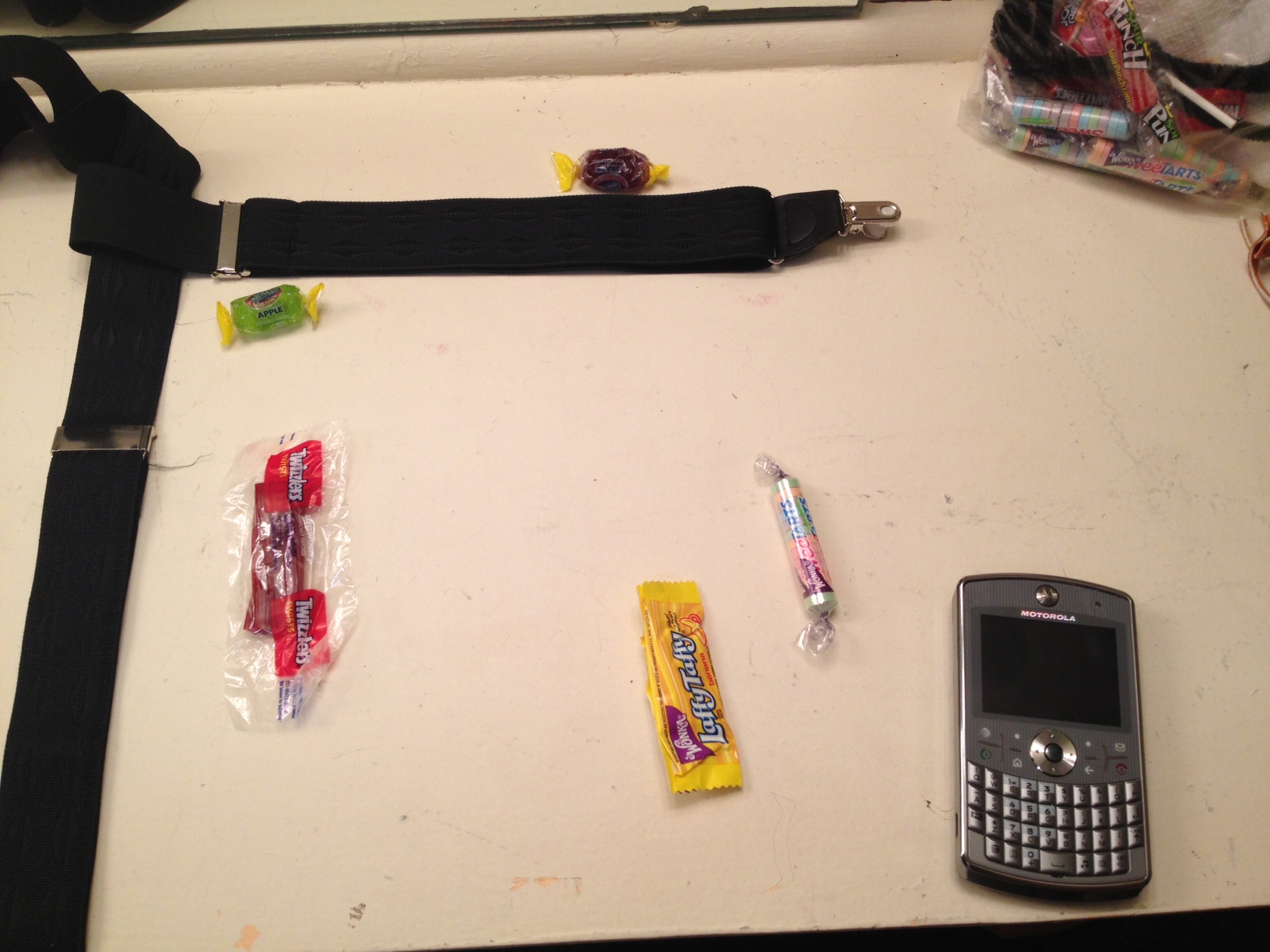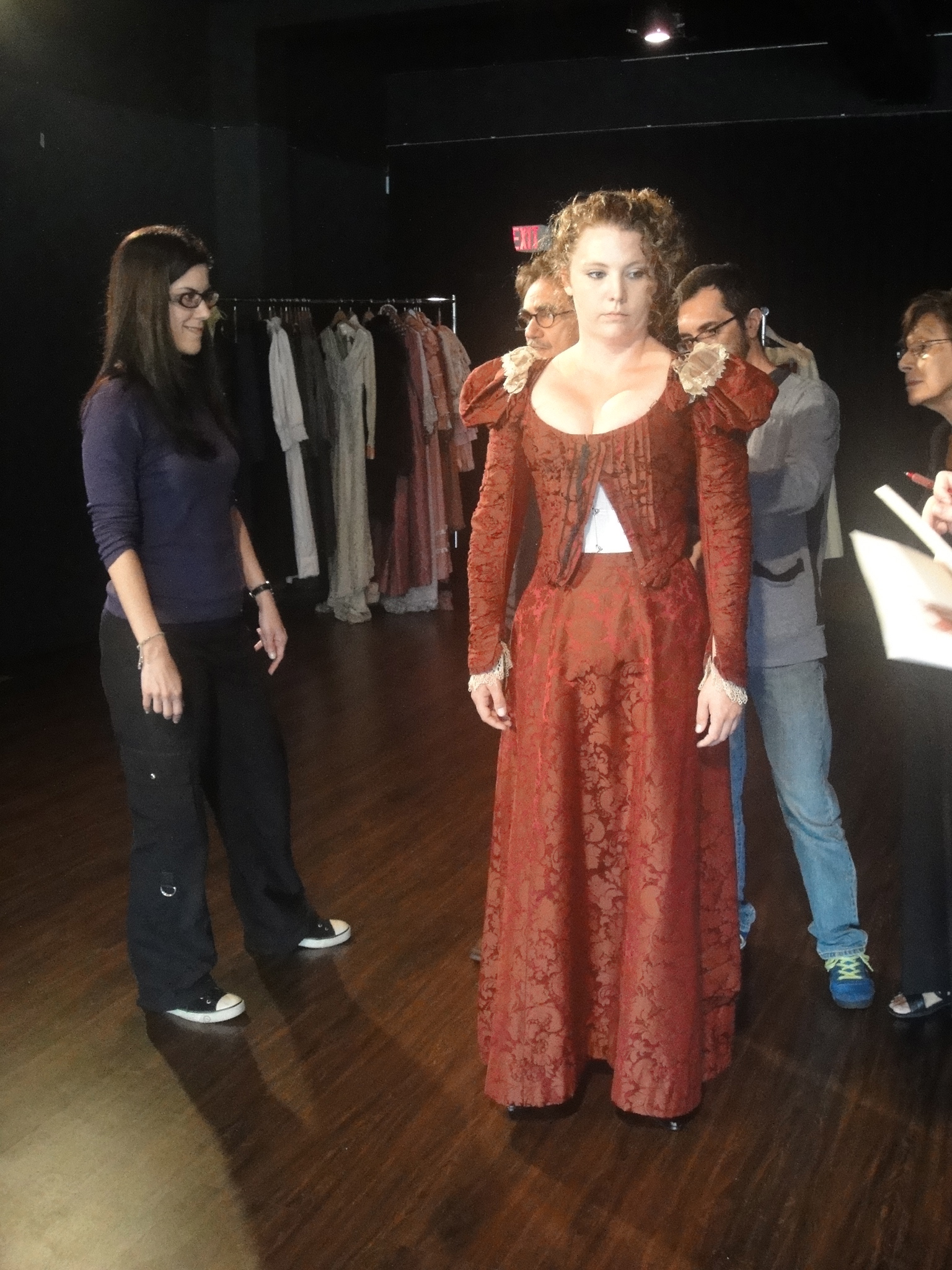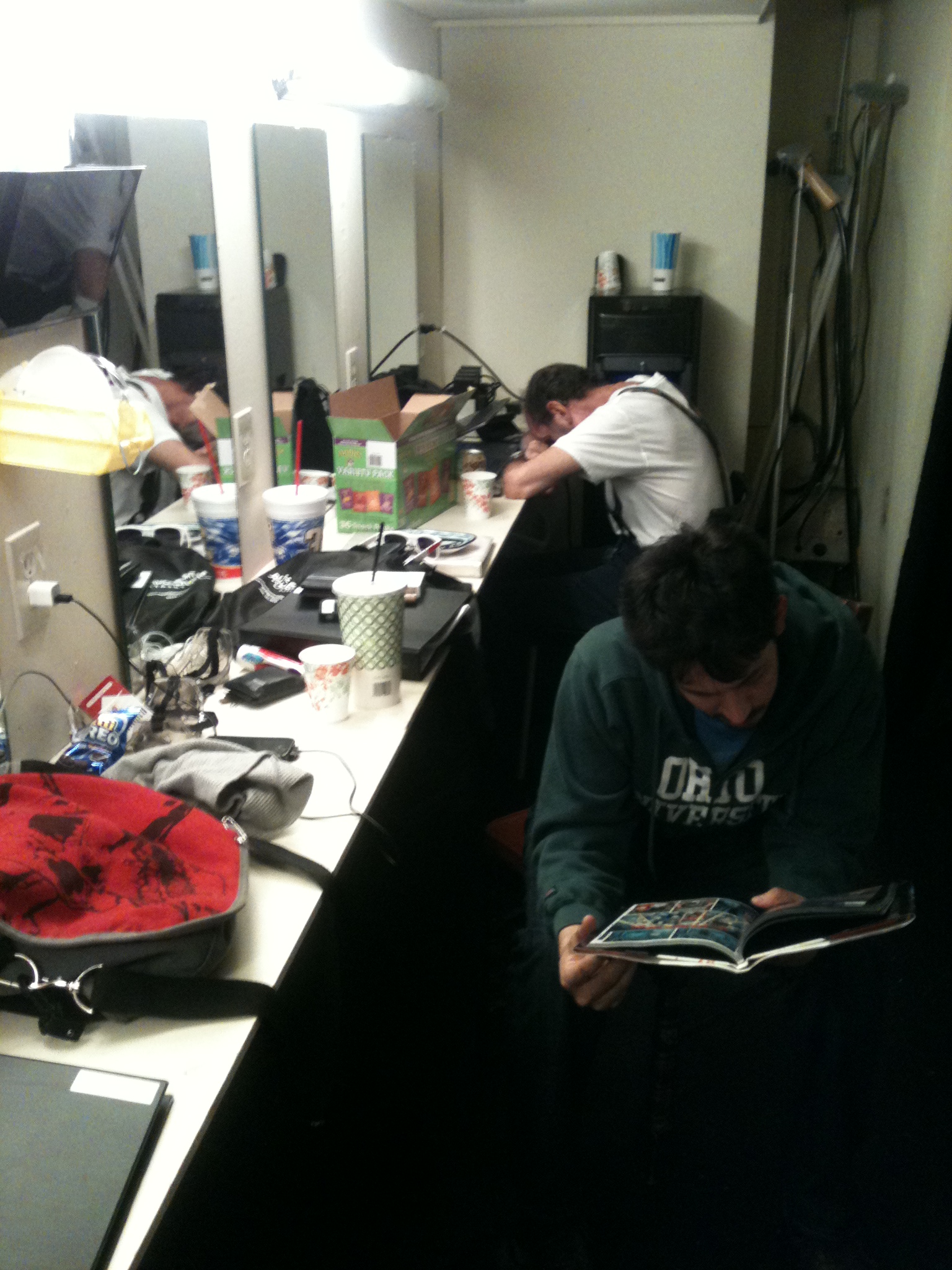A friend sent me this account by an anonymous blind fellow. This prompted me to go digging around for a poem I wrote many years ago on the subject. It tries to explore that elusive land, not so far away as Neverland, yet equally as mysterious.
Over There.
At last we can know the location of "Over There."
As my guide dog and I stood in line at the checkout counter of the River City Market, I asked the cashier what I thought was a simple question, "Where are the napkins please?" Her response was hurried but sincere, "Over There."
The next day I was at a new bus stop and I managed to catch the attention of a passer-by. "Please sir, can you tell me where I might catch bus 63?" A kind voice offered a pleasant response before disappearing into the cacophony of the early afternoon. "You can catch it Over There," he said.
So many things reside Over There: napkins, bus stops, pencils, pens, clothing racks, department stores and even my shoes! A never-ending supply of important and indispensable items and locales all reside in this place, which is shrouded in mystery and intrigue. I stand in perplexed silence after learning that something or someone is “Over There.” It is a place I have never been to and have no hope of finding on my own.
My guide dog is quite skilled in finding chairs, stairs, counters, curbs, elevators, escalators, helping me cross streets, and can even find me the pepperoni display at Food Town. However, when I tell him to find Over There, his little bottom hits the floor and a small whimper tells me that he is as confused as I am.
We will not be going Over There today.
Over There has caused me a bit of vexation, a lot of confusion and, on occasion, made my heart race. I have discovered that Over There can be a dangerous place.
One day while crossing a street, I heard a driver's irritated voice shout out a warning of a truck bearing down on me from Over There. My guide dog artfully dodged the oncoming vehicle and pulled me to safety at the curb. Our hearts were both racing as we took a few moments to compose ourselves. Close encounters with Over There can be frightening experiences.
Although many blind people have wondered as to the exact whereabouts of Over There, few have dared to venture forth in an actual exploration of the ghostly place.
Recently I entered a drugstore, and after my guide dog found the counter, I asked the clerk where I might find the aspirin. With a cheery smile in her voice, she informed me that the aspirin was located (all together now!), "Over There."
With a bold sigh, I decided that I would finally take the extra step that would unravel the mystery which had vexed my compatriots since the beginning of time. Taking a deep breath, and attempting to look nonchalant, I smiled at the clerk and asked, "Where exactly is Over There?"
I felt her concerned look. The silence grew palpable as she mulled over the possibility of allowing a blind person access to the forbidden land. The die was cast. She had no choice. She would have to tell me how to find it.
I had won! Exhilaration swept through me as I waited in breathless anticipation. A victorious smile crept to my lips, my hand tightened on the handle of my guide dog's harness. We were at the ready – we would soon be going Over There!
The clerk's voice reeked with resignation as she began to speak. She said (drum roll please): "It’s that way."
And now for my poem.
Where Is There?
Without eyes, entered a room,
a tired man, his head was strewn
with worldly words, often unsaid,
he asked where he might rest his head.
A clerk then pointed, “over there.”
“Where is there?” the blind man’s query.
“Right there, it's there, it's over there.”
The familiar strain made the old man weary.
“I cannot see, please show me where.”
The clerk then said much louder,
“I'm sorry friend, please sit right here.”
From there to here he’d flounder.
The clerk’s voice now moved a wall,
“Right here! It's here!” insisted.
The blind man said, “And by the way,
my ears need not be twisted.”
And so explained, the blind old man,
his journeys' end a wooden chair,
that “Over there, has no meaning.”
“Put it where?” the clerk was screaming.
“Where the moon don't shine,” he shared.
by Steve Gladstone, blind dude


